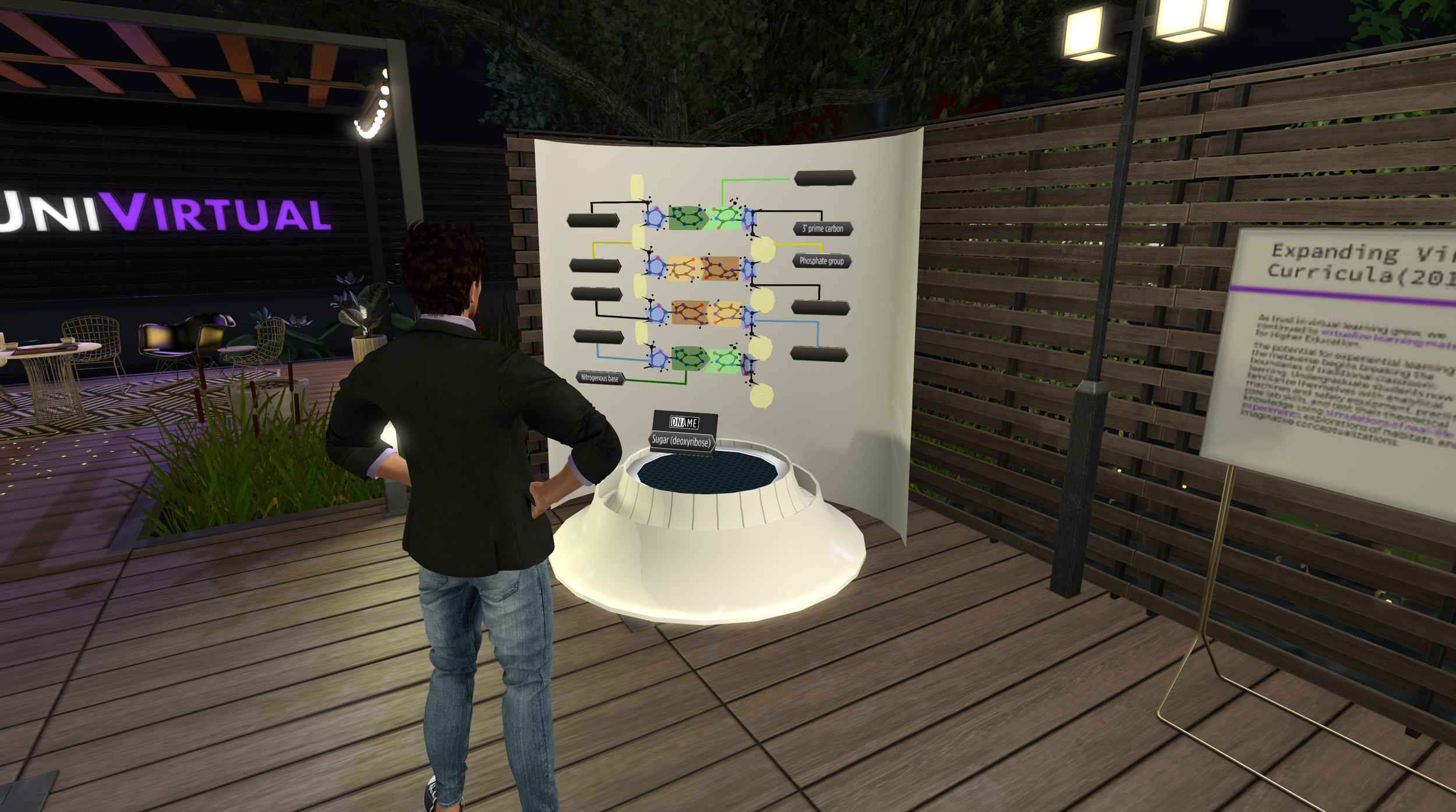Overcoming Common Problems with Virtual Classrooms
In today's rapidly evolving educational landscape, the challenges of traditional learning are becoming increasingly apparent. Skyrocketing tuition fees, overcrowded classrooms, and limited access to resources are just a few of the obstacles students face. The COVID-19 pandemic has further highlighted the limitations of conventional online learning platforms, often resulting in disengagement and Zoom fatigue.
In this blog, we share how UniVirtual emerges as a transformative solution, seamlessly integrating the best aspects of virtual and real-world learning, while overcoming common problems faced by students and instructors in the age of the virtual classroom.
Rising Costs and Limited Resources in Traditional Education
The average cost of college tuition in the U.S. is at an all-time high, with the 2023-2024 school year averaging $42,162 at private colleges, $23,630 for out-of-state students at public universities, and $10,662 for in-state residents at public schools. Despite these high costs, students often face limited contact hours with professors, crowded courses taught by graduate teaching assistants, and labs in which there are not enough samples to go around.
While traditional learning encourages lively discussion and participation, the college experience is not equal for all students, even though they are equally paying top dollar.
How Avatars Enhance Student Presence
The COVID-19 pandemic highlighted the need for online learning, which could have ensured equal access to virtual classes for all students. Instead, for most, it set back the concept of virtual classrooms, resulting in static spaces with minimal participation and engagement. These overcrowded video calls didn’t help participation or engagement, and if they did, only for those willing to take center stage before their classmates.
However, universities already using virtual world learning, like UniVirtual, adapted quickly. In our environments, students are represented by avatars, allowing them to be more present and social compared to webcam-based learning. This avatar presence encourages participation with peers and instructors, creating a richer educational experience than simply sitting before a webcam and copying notes from a lecture. It also benefits introverted students who may find it easier to ask questions through chat.
The Drawbacks of Remote Video-Conferencing
Webcam-based learning often leads to Zoom fatigue, a phenomenon identified by researchers at the Stanford Virtual Human Interaction Lab. Prolonged eye contact and the inability to read nonverbal cues contribute to this fatigue. Avatars solve this issue by eliminating direct contact, making interactions more comfortable.
Our open-world environments further reduce that sense of confinement, allowing students to integrate learning into their daily lives. Virtual world learning is not restricted to consuming material, either. In Univirtual, there are plenty of social spaces, such as a cabin in the woods, a tropical island, and a campus cafe, which makes the world feel larger. Students want to spend time there, socializing with their peers before or after classes, or simply exploring on their own.
Students with Diverse Backgrounds and Commitments
Virtual classrooms at UniVirtual are accessible anytime, allowing students to learn at their own pace without compromising their experience. This convenience benefits students with jobs and family commitments, who can prioritize learning without meticulous scheduling.
For example, our economics course enables all students to participate in experiments and demonstrations, which can also be assigned as homework. This active engagement keeps learning fun and relevant, offering opportunities for every student that would be difficult in traditional settings.
Cost-Effective, Environmentally Conscious Learning
Virtual classrooms are cost-effective and not limited by shrinking departmental budgets. Updating virtual equipment is simple, and sourcing virtual lab samples involves less waste, making it environmentally friendly.
UniVirtual values instructors and does not replace them with unreliable AI. We provide specialized training for teaching in the metaverse and offer real-time support during classes, ensuring comprehensive support for all.
No additional hardware is necessary to run our software, which in turn means that no one has to purchase additional resources, such as VR headsets. As many of our teachers and assistants are used to playing computer games this is no longer a significant barrier to entry either. Further, any slightly increased workload experienced by instructors who need to learn to navigate the virtual world could be seen to outweigh work they might have to do regarding student participation in real-world environments.
Reducing Learning Anxiety
Virtual classrooms may further alleviate the stress some students feel during a lab, as individual workstations are from the perspective of only the student. While an instructor may walk around to check on someone’s progress, it is rare that other students mill around others’ workstations in the metaverse, as may be tempting in the classroom. There is also no hiding behind or depending on one’s lab partner, as each student is expected and given the resources to complete a task on their own.
Conclusion: Democratizing Education
UniVirtual blends the best aspects of virtual and real-world learning at a fraction of traditional education's cost. This fusion evolves ideas and enhances social, economic, and cultural interactions, creating a dynamic and inclusive educational experience.
Our virtual environments democratize education, allowing students to deeply engage with material, conduct experiments, and interact socially beyond the traditional classroom. The flexibility and accessibility of our courses break down barriers, making education attainable for a diverse range of students.
By leveraging the metaverse, we offer an engaging, accessible, and effective learning experience, addressing traditional education's high costs, limited contact hours, and unequal resources. Our commitment to accessibility, participation, cost-effectiveness, and teacher support ensures every student can succeed.








